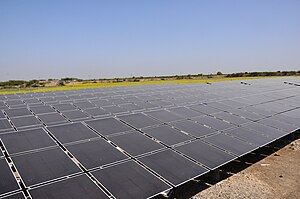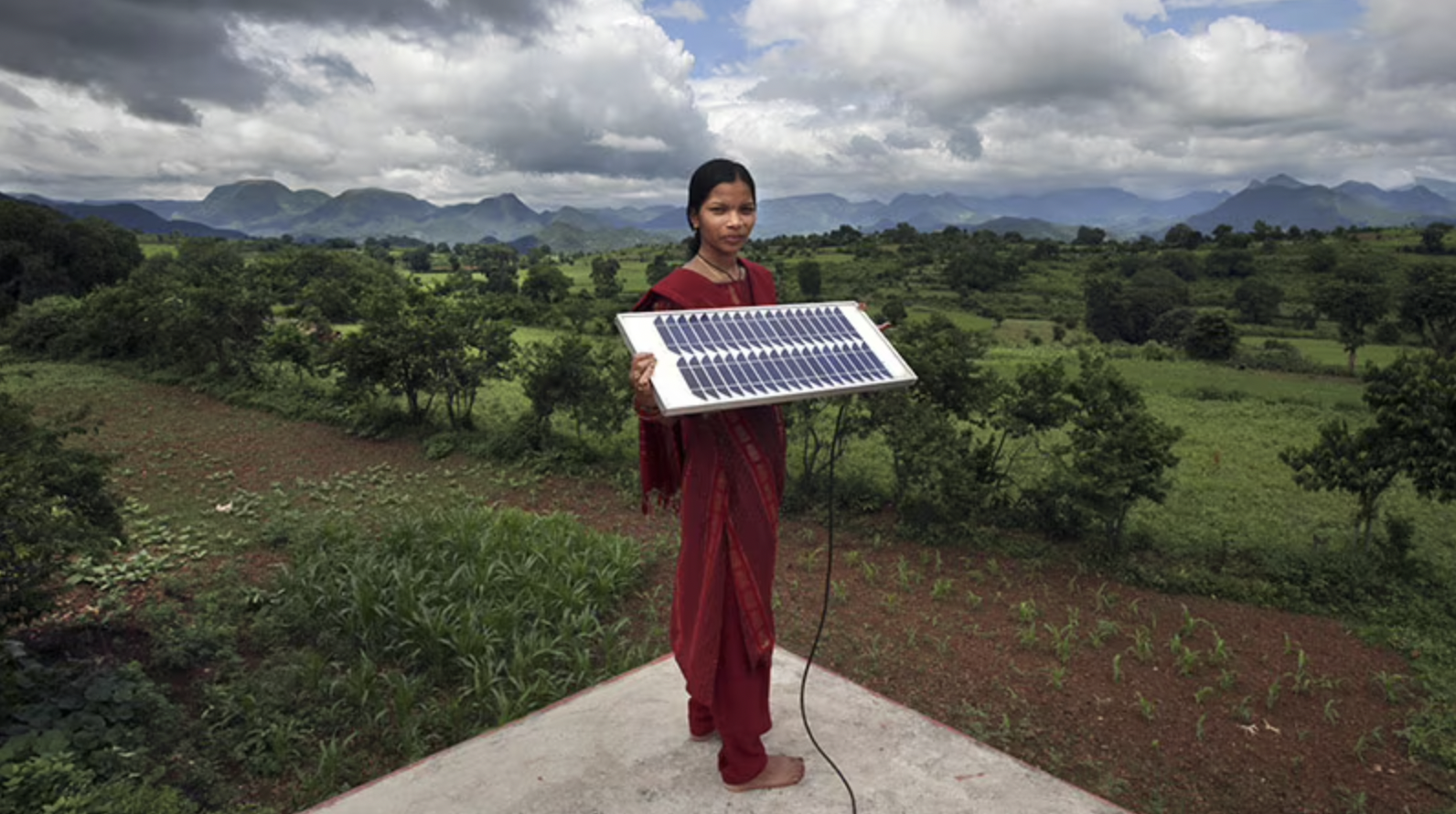Introduction : A Simple Promise, A Big Problem
You must’ve seen it everywhere: “Plant five to ten trees, save a life.” especially on occasion such birthday or inauguration by climate activist, leader or celebrities who travel in big cars or fly planes to these events, making more pollution than their trees will ever clean!
Big stars pose with saplings, companies promise to plant crores of trees, and even school kids are encourage to join campaign for tree-planting drives. Now, you might be overwhelmed or feel good, right? But is it really that simple? Can tree fix climate change or cancel out all the pollution we make? Sadly, no. Not even 1% of it.
This idea is a myth—a half-truth that sounds nice but hides bigger problems. Some climate activists push this loudly, either because they don’t know better or because they want praise. This fake pride can cost a heavy consequence for long term in future.Let’s talk about why.
Truth fact about trees
Trees are amazing. They take in carbon dioxide (CO2)—the gas that heats up our planet (one of the greenhouse gas responsible for global warming)—and give us oxygen. But one tree isn’t a magic wand.
Not all trees, only a mature tree—like a fully grown neem or mango—can absorb only a small amount of CO2 each year. And trees take years to grow big enough to help. A young tree might take 30 years to absorb even a fraction of what you produce in one year! Meanwhile, an average Indian makes a lot more CO2 from bikes, cooking gas, or electricity and other anthropogenic activities.
And it’s not just about numbers but also where you plant matters. A tree in a dry Rajasthan village won’t do as much as one in a wet Assam forest. Planting the wrong trees—like rows of the same type—can even harm the soil or local living being.Real climate help needs healthy forests, not just photo-ready saplings.
The Hypocrites: All Talk, No Thought
Now, let’s talk about some people who always make hype or shout about trees. You’ve seen them—activists or groups who plant a few trees, take selfies, and call it a day. Some even travel in big cars or fly planes to these events, making more pollution than their trees will ever clean! In India, we’ve had campaigns promising lakhs of trees, but many saplings die because no one waters them after the cameras leave.
Why? For some, it’s less about the planet and more about looking good—false pride.
Take the example of a famous activist who once said, “Plant trees, save India!” but never talks about coal mines or factory smoke—the real culprits. Or companies that plant trees in one state while cutting forests in another or so called-inspirational leader or celebrities who is responsible for 1000 times carbon emission than 43% of Indian Population. This isn’t just ignorance; it’s acting smart without doing the hard work. And when people believe these measures are enough, we stop pushing for bigger fixes and trying to become escapist.
The Missing Knowledge
India has 1.45 billion people, and each person’s CO2 is far more than what one tree can handle. We’d need billions of trees every year to keep up—and that’s if our pollution stays the same. But it won’t. As India grows, with more cars and factories, our CO2 will rise.
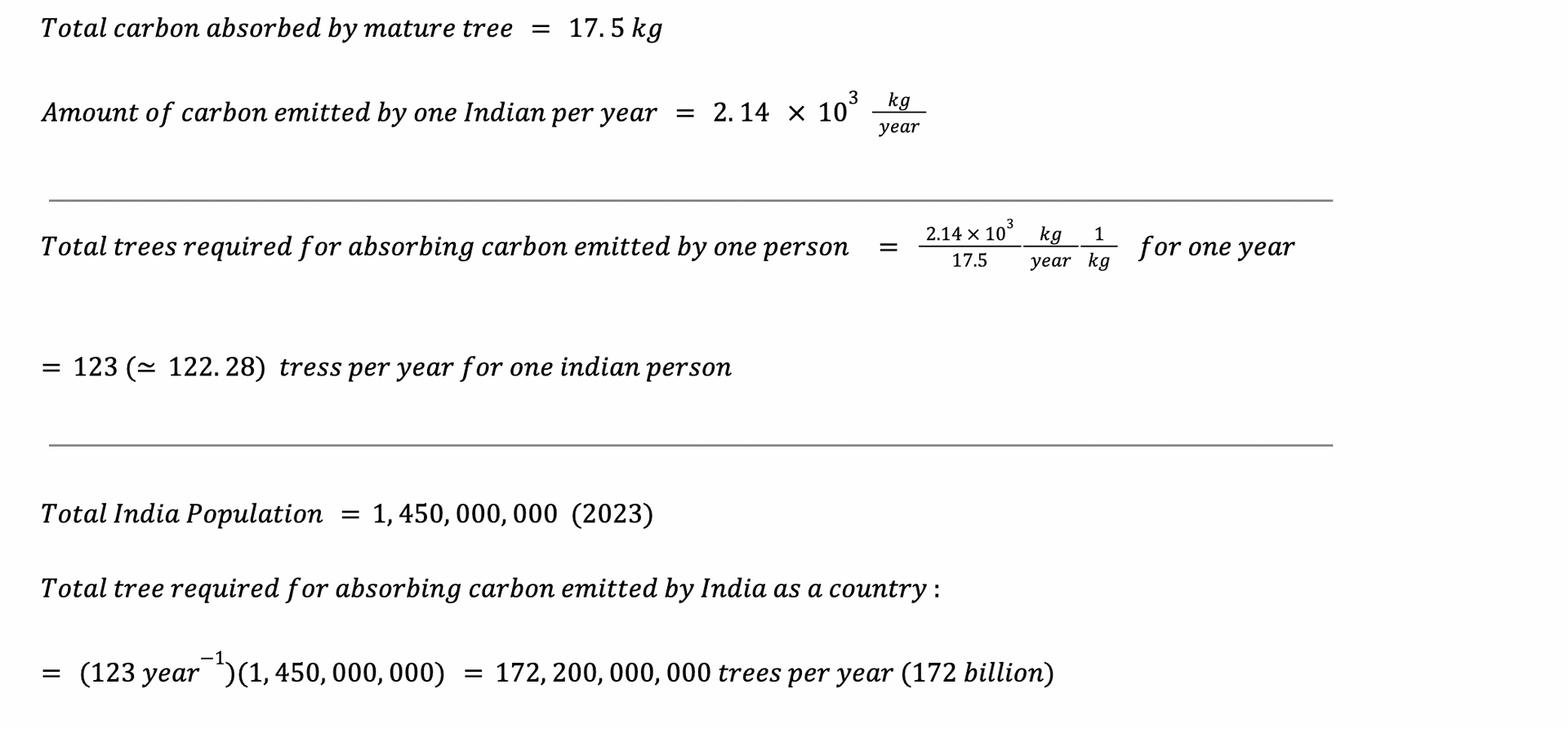


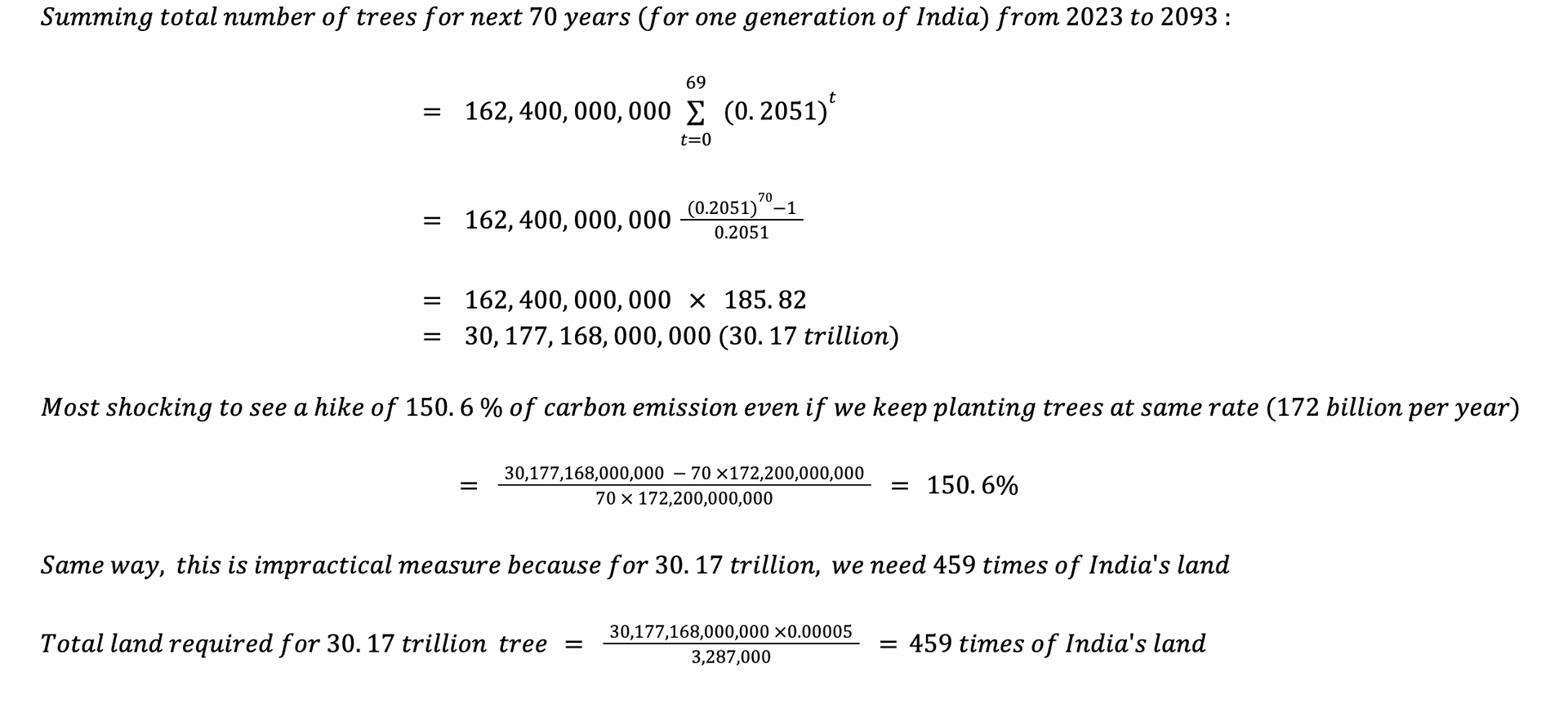

Solution : Solar Panel as Better Alternatives
Well, what works better than planting trees? Solar panels! They’re a smarter and effective way to fight climate change, especially in a sunny country like India.
A small solar panel can stop 1,500 kg of CO2 each year by replacing dirty coal power—equivalent to 80 trees, but without waiting 30 years for them to grow. And it’s cheaper in the long run: for every rupee you spend, a solar panel cuts more CO2 than a tree—50% more.
Interestingly, solar panels don’t need millions of square kilometers of land. A panel on your roof or in a small field can power homes, schools, or even villages, all while cutting pollution fast.
Solar power in Gujarat (India)
In India, we’re already doing this—states like Gujarat and Rajasthan are leading with big solar projects. If we focus on solar power, wind energy, and cleaner factories, we can make a real difference without covering the Earth in trees. It’s practical, it’s doable, and it’s what we need right now.
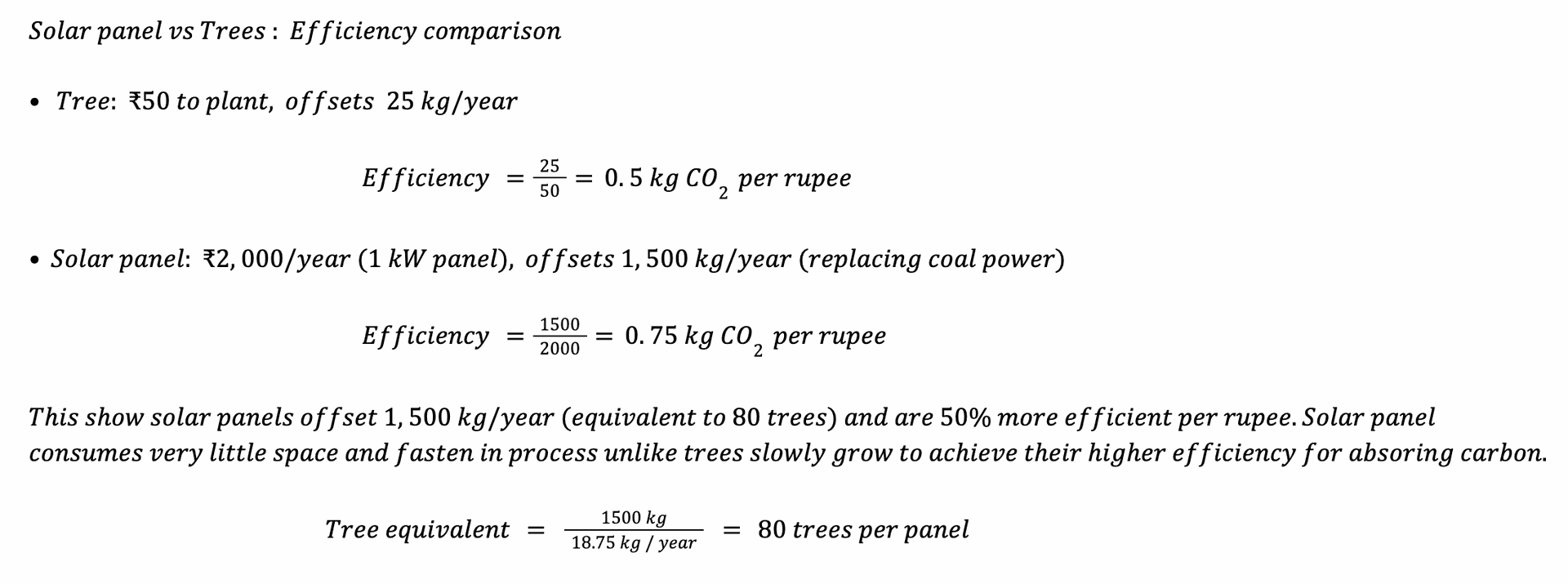
Why this topic matter
This myth and fake pride are dangerous. If our CO2 and population grow, the number of trees we need over the next 70 years—from 2023 to 2092—is shocking: 27.3 trillion trees! That’s 150.6% more than the 12.6 trillion we’d need if we keep pace same.
As we’re talking billions of trees every year, so growing exponentially as time goes on. But there is one thing which we must see: to plant 27.3 trillion trees, we’d need about 136.5 million square kilometers of land whereas India’s total land area is just 3.3 million square kilometers - which means we need 41 times bigger than our entire country! Even if we look at the whole Earth, which has about 149 million square kilometers of land, we’d need 92% of it—leaving almost no space for farms, cities, or anything else. This shows we can’t rely on trees alone; we need better alternatives.
Dead saplings won’t save us from hotter summers or worse floods. And when these quick fixes fail, people lose hope. Youngsters might think, “Why bother?”. But they don't know that bad consequences of climate change is going to hit back them in next 15-20 years. That’s the real problem—wasting time on small stunts while the planet keeps heating up. False pride today could mean a tougher tomorrow for our kids.
The 2021 Global Climate Risk Index ranked India as the seventh most vulnerable country to climate events, followed by the 2023 XDI Cross Dependency Initiative, which placed India third among the top 50 nations most at risk by 2050, after China and the US. Nine Indian states—Punjab, Bihar, Uttar Pradesh, Maharashtra, Rajasthan, Tamil Nadu, Gujarat, Kerala, and Assam—are among the world’s 50 most vulnerable regions, with Mumbai at high risk.
Air pollution, worsened by climate change, is another crisis, with 21 of the world’s 30 most polluted cities in India, contributing to 1.24 million deaths in 2017.
In 2024, 93% of days were marked by significant climate events like heatwaves, cyclones, and floods, according to report of India’s Economic Survey. By 2050, heatwave exposure is expected to increase eightfold.
By 2050, 148.3 million Indians are projected to live in severe climate hotspots, facing water shortages that could affect over a billion people across Asia.
India has already faced a 6-8% GDP loss due to climate change, as per a 2023 study from the University of Delaware’s Gerard J. Mangone Climate Change Science and Policy Hub.
The United Nations Economic and Social Commission for Asia and the Pacific (ESCAP) warns that India could lose up to 35% of its GDP by 2100 under a high-emissions scenario.
In 2019 alone, climate events caused $66 billion in damages and 2,267 fatalities. If unaddressed, climate change could cost India 10% of its GDP and push 50 million into poverty by 2030.
Conclusion
Planting trees is good, but it’s not the whole answer. It covers just 1% of climate change—one tree can’t match what each of us produces in a year! Let’s stop clapping for empty promises and ask tough questions. Why aren’t we questioning factory smoke or pushing clean energy? Why do some activists care more about fame than facts? India deserves better—we’re a country of smart, hardworking people. Let’s use that strength to fix climate change in the right and smart way, not just the easy way. One tree isn’t one life. But real knowledge and real work can save millions.
Disclaimer : This doesn’t mean you start deforestation! We encourage planting more trees—don’t misinterpret my message. Future generations need the right knowledge for real solutions.
Meenakshi Dewan has been trained in solar power engineering by the Orissa Tribal Empowerment and Livelihoods Programme (OTELP), an organisation funded by DFID
